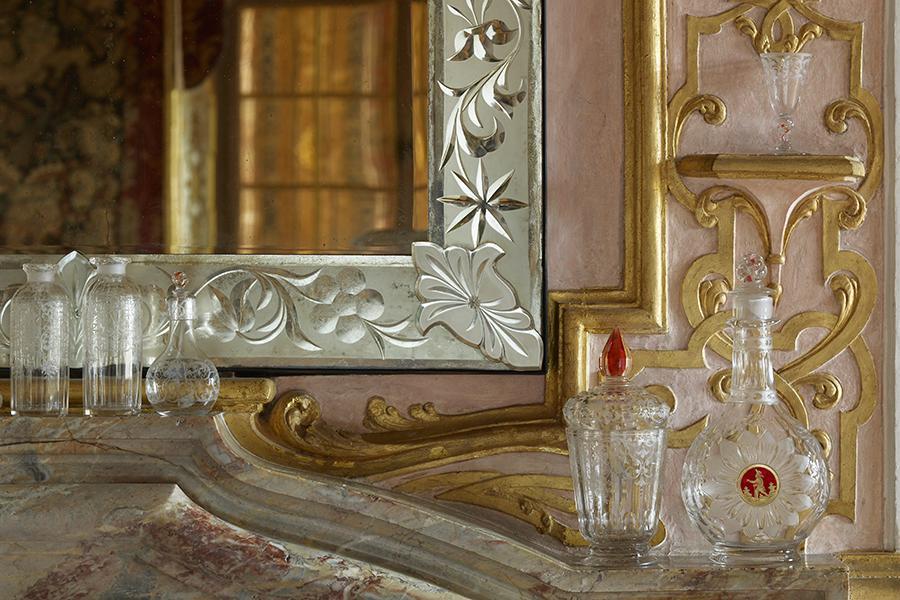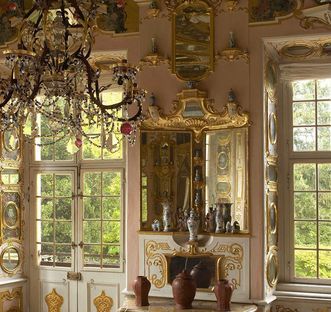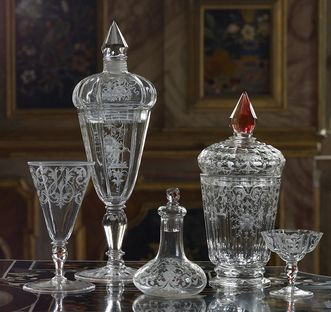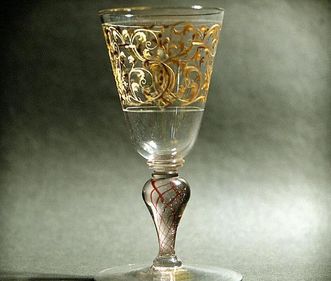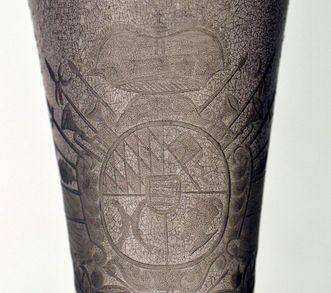A passion for collecting
Part of Margravine Sibylla Augusta's inheritance included a glass collection from her native Bohemia. It included ruby glassware, three crates of decanters, lidded glassware, and crystal goblets. She supplemented this collection by buying filigreed fluted glasses, elegant platters and lavish bottle and glass coolers, along with impressive ornate glassware. She showcased these to her guests as examples of Bohemia's glass art. For this reason, the glassware exhibits exquisite embellishments and unusual production methods.



